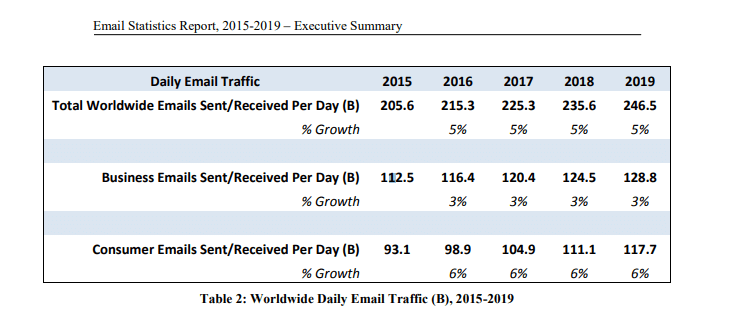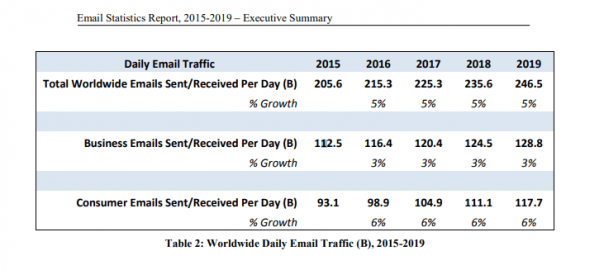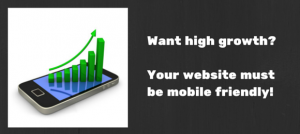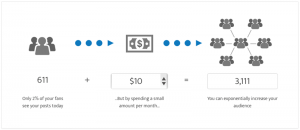Through the keen application of data and the robust messaging opportunities of email, marketers can turn behavioral signals into conversions and keep customers engaged.

Customer-centric marketing must absolutely deliver one thing: value.
Here’s why. A recent report from The Radicati Group reports 124 business emails are sent a day!

That number is slightly smaller for consumers, but when you take into account that most consumers juggle a work email address along with their personal address(es), you start to get a picture of the sheer volume of emails we’re inundated with daily.
To cut through that clutter, email has to deliver value, and that value has to translate into meaningful engagements at every stage of attracting, engaging and nurturing someone through the content funnel. Take off your marketing hat for a moment and consider what motivates you when you see an advertisement or hear an elevator pitch. The natural question is “Do I need this?” If it isn’t a matter of need but rather desire, then the question becomes “Do I want this?”
Waiting in the wings is a third question that may or may not be consciously uttered: “Is there value in this?” As a motivator and form of communication, email is uniquely suited to helping answer questions like this by reminding recipients why they’re asking these questions in the first place: because of the perception of value.
Email nurture is a fairly precise science. These campaigns become even more precise when you apply massive gobs of data, analysis and testing to them. That last part is arguably the most important. You can take any outside-the-box strategy and deploy it across your customer base; however, dialing it in will ensure that your emails have the highest likelihood of being opened vs. actively discarded.
Account-based marketing
This is a common practice among B2B marketers that focus on individuals who come to a site or are engaged through an event, providing them with highly personalized content through email and other channels. Let’s say someone arrives at your site and downloads a couple of gated white papers. If they filled out the form and provided information, it becomes the basis for your engagement and nurture campaigns. Capturing prospects’ interests, or inferring them from the kinds of content they download, will ensure that follow-up communications are more targeted and relevant vs. sending them the latest blog post or other generic newsletters.
There’s a fine line between the information you can capture and what you might want to capture. Having exceptionally long forms will turn off potential prospects. We all lead busy lives, so when you create your forms, be sure to put yourself in the driver’s seat. And honestly, would you spend that much time filling out a form?
The other thing to keep in mind about account-based marketing (ABM) is that re-using chunks of content out of your packaged collateral will certainly turn off a potential prospect. Use email as the opportunity to surprise and delight the recipient by providing them with the insight they didn’t get from a white paper or case study. If someone downloads more than one piece of content, then you can start building a pattern or see with greater clarity the kinds of subjects that interest them. The trick here is to have a number of permutations and recipes ready to deploy, depending on the discrete actions you capture and analyze.
Perishable moments
Just-in-time marketing, right-time marketing, perishable moments, fleeting opportunities — all of these mean there are unique chances to connect with someone based on where they are in the funnel.
The only way to take advantage of these moments is to have a robust picture of the micro-decisions that lead someone to purchase your products, the motivators behind that purchase and, for truly sophisticated marketers, a propensity model to help them understand when and how a buying decision happens. Otherwise, a potential customer could be here today and gone tomorrow.
Just like with ABM, nurturing leads during optimal buying times means having a tremendous number of triggered emails built from dynamic templates that can ingest content from a number of systems. I know it sounds big and hairy, so let’s reduce this into more tangible constructs.
Shopping carts and their abandonment are the most common form of just-in-time marketing. Gently reminding someone that they filled a cart and should complete the transaction — perhaps even incentivizing them to do it — is a powerful form of capitalizing on a perishable moment.
Another tangible way of understanding these unique opportunities is to look at page views and how someone shops. If they return to an item multiple times or click the same or similar link in an email, then you have an idea of what interests them. By tying captured page views and the device they use to view your mobile site or app to an email trigger, you can kick off a message that guides them to the next step in the buying process. Mobile devices are rife with valuable information about where someone is in the buying process. Views across multiple devices could be a leading indicator of interest, and you should have both content and triggers ready to take advantage of these unique moments.
Through the keen application of data and the robust messaging opportunities of email, marketers can turn these behavioral signals into conversions. Email is not only capable of filling the funnel, but also helping customers convert at key decision points. Consider the way that product recommendations and similar product offers help customers understand what else is out there in what could be viewed as endless catalogs of products. Emails that deliver value and insight, timed to fulfill needs along a continuum, will be the most effective vehicle for delivering the brand’s promise and keeping customers highly engaged.
Opinions expressed in this article are those of the guest author and not necessarily Marketing Land. Staff authors are listed here.
Marketing Land – Internet Marketing News, Strategies & Tips
(53)










